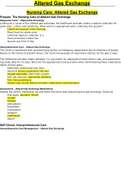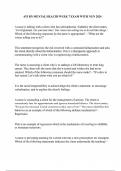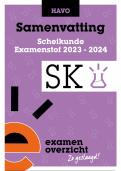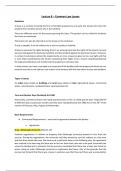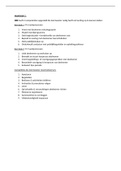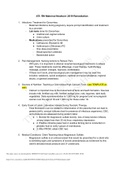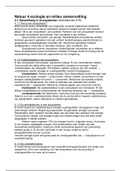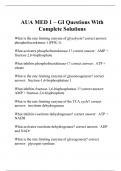Resume
Samenvatting chemical process technology
- Établissement
- Vrije Universiteit Brussel (VUB)
Een uitgebreide samenvatting die alle hoorcolleges die gedoceerd worden door prof. Ken Broeckhoven omvat. Hierin worden de industriele stappen beschreven om grondstoffen naar de alledaagse chemische producten om te zetten.
[Montrer plus]




